Digital experts on why best years of TV are in the past,edged out by mobile
Mobile has established primary position around the globe, accounting for over half of all digital minutes in 13 markets, and over 75 per cent in India, Mexico and Indonesia, as per comScore’s The Global Mobile Report 2017. In all but three markets, 70%+ of users are active on mobile during the month, while in India, 70 per cent use only mobile.
The last quarter of 2016 shows that mobile internet usage increased by 29%. The strong gains were driven by a number of industry factors such as the launch of 4G services, and the impact of demonetisation, according to Kantar IMRB & MMA’s Smartphone Usage and Behaviour Report India 2016-17. Another study by KPMG reports that the number of mobile Internet users in India is projected to double and cross the 300-million mark by 2017 from 159 million users at present.
Television, on the other hand, was found to be the least favourite mode of entertainment for the young generation, with less than 1 per cent voting for it in a TCS (Tata Consultancy Services) survey. Technology has made it all possible. As Tejinder Gill, Vice President Sales and Head of India Operations, Truecaller, observes, “India is still an adolescent who’s discovering the power and potential of mobile. The nation now knows the full extent that a mobile can be used as – right from being an alarm clock to a bank, to a 24x7 entertainment module. And there’s more being added every single day.”
According to Nitin Goel, Head, Digital Services, Intex Technologies, “Development in infrastructure and the acceptance of technology across geographies and demographic profiles have led to the change in the customer profile and consumer preferences. The barriers of availability and consumption continue to lower.”
What has led to this kind of disruption by mobile and can it be considered a threat to TV going forward? Industry experts list down the possibilities...
The 2-way communication
Yash Mishra, Founder, VoxWeb, pointed out that in the pre-internet era, especially in the pre-smartphone era, the communication device and the information/ entertainment device were different, but now the 2-way communication platforms on the internet have effectively become the new content distribution channels, thus occupying the turf of TV. Smartphone screens are a big threat to the concept of TV because they allow 2-way communication (enabling feedback to content creators then and there), do not interrupt a user as content is consumed on demand. Truecaller’s Tejinder Gill added here, “No one enjoys being locked down by ‘Prime Time’ dictated by TV channels any more. Freedom is now, literally in the hands of the user through their mobile device.”
Also, according to Nitin Goel of Intex, the demand for global content has increased manifolds, with millennials demanding the latest content from other parts of the world. What was completely a piracy driven habit, is now moving to legally available HD content on mobile, thanks to investment by content players to attract more eyeballs.
Instant gratification and extremely personalised
Vivek Bhargava, CEO, DAN Performance Group, observed, “As a result of immense convenience, content is consumed a lot more on mobile as compared to TV since you can consume content on mobile at a time that suits you and from any location you may be at, especially when you’re on the go and travelling. TV is a relevant medium when multiple people want to watch the same thing, but now there is a conflict in the choice of content being consumed which makes one consume their respective content on a mobile or tablet. For example, while travelling by flight, earlier I would watch what the airline has to offer, but now I download the shows that I want to watch on my mobile beforehand.”
To this, Gill added, “Mobile handsets are extremely personal as it is my mobile device. It is my world and everything – from my wallpaper to my apps are customised to suit me as an individual. The same goes for entertainment. OTT players now have data to predict and serve what I like depending on what I’ve consumed. There’s no beating this scientific method. Good bye channel surfing.” For VoxWeb’s Mishra, the mobile market has limited government oversight and enables the global distribution of content created by end-users (making them prosumers) and not merely sophisticated or dedicated third party content creators.
Goel here puts the spotlight on ‘easy customer acquisition through mobile’. For a new user to start consuming content, setting it upon a mobile device is much easier than on a television, considering the investment required in hardware and software. Upfront cost of owning a mobile device is much less compared to a television, as well as the subscription for a cable/ satellite service.
An on-the-go medium and advent of OTT
Saransh Agarwal, Senior Group Head, Account Planning & Management, The Glitch, opined that the rise of OTT and VOD platforms means content is no longer a co-viewing experience. “With mobiles, we have more control over what we want to watch when we want to watch it and even where we want to watch it. This personalisation of content consumption is great for marketers too, we now know exactly who we are targeting in terms of demographic and viewing decisions,” he added.
Gill observed, “In the past, if you were travelling while your show was on TV, you’d miss out and your family or friends had to fill you in. TV recorders took away some of this trauma, but could not solve for it at scale. The deadly combination of mobile and data solved for both. You could now travel and still catch up on your viewing and at the same time, without having to invest in downloading or recording your shows, thus saving your precious physical memory for more important stuff like family pictures and videos.”
Echoing similar views, DAN’s Bhargava pointed out that OTT and video on demand players like Hotstar, Voot, Netflix, and Amazon Prime Video have grown aggressively in the last two years and this growth will increase rapidly in the years to come. “It comes with multiples positives – there are also options to stream mobile content on the TV and watch it, there is not a single 4K broadcasting channel on TV, while on Netflix you get amazing 4K content. The best years of TV and traditional broadcast video consumption are in the past, the future of video consumption is on a mobile device rather than a TV,” he affirmed.
Goel, too, felt that mobile devices enabled one to consume the same content as on television, but at a time and place convenient to them. It also offers the convenience of personalised viewing, as per one’s own choice. This solves a major problem of conflicts of what to watch in a single television household.
He added that there is much more content available on mobile platforms. The increasing number of OTT players, original and user generated content has brought about a gamut of options and hence offering much more content than television. Sports is another important genre which adds on to content being consumed through mobile.
Benefit to the brands
Gill stated that on the other side of the screen, brands now have an increased ability to reach the audience they want in an environment of their choosing. “No more spray and pray, thanks to the very nature of the digital medium. Innovations are the tip of the iceberg here. The main sweetener is the re-targeting that is possible to a fine extent, something that TV does not offer,” he added.
He further said, “Moreover, mobile carries with itself the ability to spread. TV depended on word of mouth or heavy promotions to spread. Even if the content was great, there was a chance it would suffer a premature burial due to not enough eyeballs. On the mobile platform, if you like it, you share it. The powerful ability to share has not only seen the rise of viral video content, but also a resurrection of old shows being discovered by newer audiences thanks to channels like YouTube and Whatsapp.”
Data revolution and cheaper smartphones
Agarwal of The Glitch noted here that the landscape of content is so much larger on a mobile phone. Mobile data is getting cheaper every day and the amount of time one spends on a mobile phone consuming this content is increasing exponentially. As a result, brands are also able to reach people more often than before, albeit with content that is native to the platform. Smartphone penetration has an immense latent potential that is just starting to unveil itself with cheaper smartphones and data making content more accessible than ever before. There is a whole untapped market out there who may never even own a TVs and may directly go for smartphones as their primary entertainment screen.
“The average Indian spends more than 3 hours with their cell phone daily. And this number is growing. The biggest piece of the pie though belongs to video – thanks to the incredible leaps in data dispersal as well as pricing that we have witnessed,” informed Gill. “One thing is for sure, the cheaper data gets, the more video India will consume. They can see what they want, when they want it. And this revolution has just begun. In the next 5 years, we’re going to see an immense increase in mobile adoption and addiction. It’s native ability to provide on the go and instant gratification makes it a stickier medium when compared to TV.”
Bhargava pointed out here that the entry of Jio and other players have been instrumental in democratising content. This has enabled immediate access to data and content of their choice – anywhere and anytime.
Owing to this rise in data and convenience of consuming content, the reach of mobile phones is expected to be 800 million+ in a few years. Mobile consumption in India will soon be the same as everywhere else in the world thanks to data being cheaper and downloading becoming easier. The reach and consumption of mobile content is already more than television for people in affluence. If one is consuming video on mobile for 10 hours, then they could consume content on TV for only 2 hours.









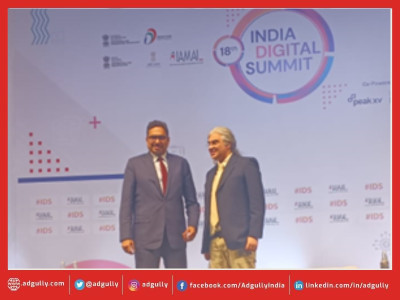
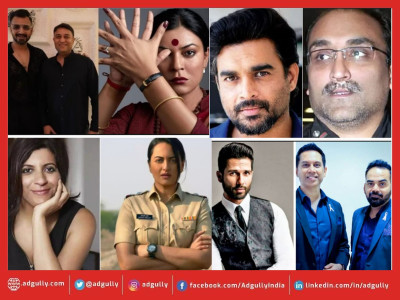

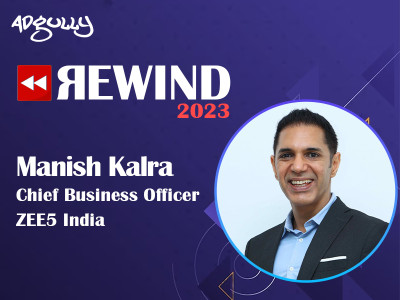
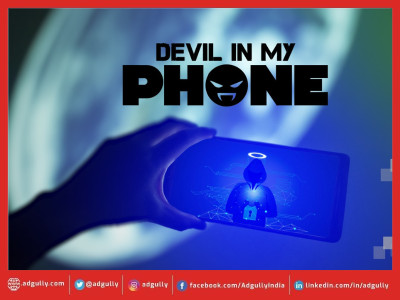

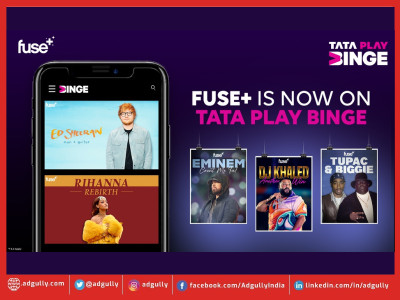





Share
Facebook
YouTube
Tweet
Twitter
LinkedIn